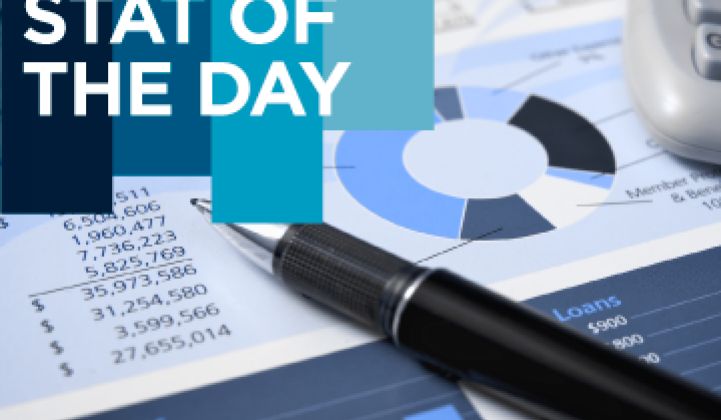Here’s another grim reminder that doing nothing to fix the United States’ power grid will be a lot more expensive in the long run than spending hundreds of billions of dollars to bring it up to 21st-century technological standards.
The American Society of Civil Engineers just released its latest “Failure to Act” report on the country’s deteriorating infrastructure, this one focused on the power delivery system. In simple terms, ASCE’s report finds a gap of $107 billion dollars between today’s trends on grid investment and what the country needs to invest between now and 2020.
If U.S. utilities and regulators don’t work to increase spending trends to make up that gap, the result will be a “combination of aging equipment and capacity bottlenecks that lead to the same general outcome -- a greater incidence of electricity interruptions,” the report finds. Those may come as equipment failures, voltage surges and power quality irregularities, or blackouts and brownouts due to demand exceeding supply -- and all of that carries costs.
ASCE’s estimates of current 2012 costs to such grid problems are about $6 billion for U.S. households and $10 billion for U.S. businesses. But by 2020, they add up to $71 billion for households and $126 billion for businesses, the report finds. Added up, that $197 billion in costs is nearly twice as much as the $107 billion in investment needed to fix the problem.
This isn’t the first report making this point. The Electric Power Research Institute (EPRI) predicted last summer that smart grid investment of $338 billion to $476 billion could yield $2 trillion in benefits by 2030, but that failing to invest could cause power prices to quadruple over the same period of time.
ASCE’s report breaks out a whole host of negative indicators that accompany its “failure to act” scenario. Without needed investment in the grid, U.S. GDP will fall by a total of $496 billion by 2020, the U.S. economy will end up with an average of 529,000 fewer jobs than it otherwise would have have, and personal income will fall by a total of $656 billion from expected levels.
If this sounds like a doomsday scenario, it’s important to note that ASCE’s estimates are actually lower than many that come from studies conducted in the 1990s and in the first half of the previous decade. The massive Northeast blackout of 2005 led to a spurt of new investment in grid reliability, which has mitigated some of the most pressing grid reliability problems those earlier studies found, ASCE reports.
So where are the investment gaps that need addressing? ASCE’s report breaks out a gap of $12.3 billion in power generation, $37.3 billion in transmission lines and $57.4 billion in distribution grid systems through 2020. In other words, the distribution grid -- the neighborhood power delivery system -- will require more investment than generation and transmission combined, at least in the next decade.
Regionally, ASCE finds that the Southeastern U.S. has the most catching up to do, with about $29.7 billion in grid investment gaps. The Western U.S. has about $25.5 billion in gaps, the Mid-Atlantic about $18.2 billion, and Texas, which runs its own grid that operates somewhat independently of the rest of the nation, has $14.6 billion in investment gaps.



